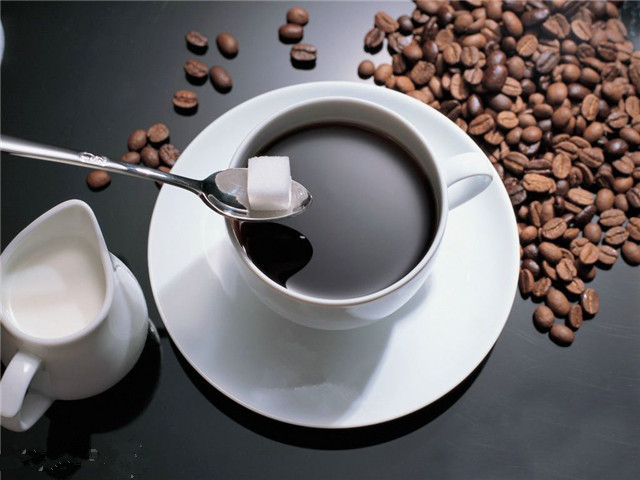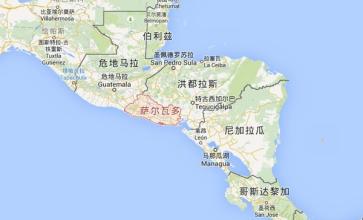Ethiopian Coffee Harald Coffee
Ethiopian coffee is known as "coffee in the wilderness". A cup of Ethiopian coffee can bring you a primitive experience you have never had before. The word COFFEE comes from "KAFFA", a place name in Ethiopia where coffee was first grown. Ethiopian coffee has moderate acidity, moderate mellow, alcoholic and wild aromas, some dried coffee may have a fishy smell, and sometimes you may find a hint of sandalwood in Ethiopian coffee.
The most famous coffee in Ethiopia is Harald coffee. Harald is located in eastern Ethiopia. Harald is an ancient city with a long history and one of the four holy cities of Islam. The Harald region has the best altitude for Arabica coffee and is the highest coffee producer in Ethiopia.
Harald, Ethiopia, like Mocha in Yemen, is a "handmade" coffee. Lahore coffee has a mixed flavor with mellow, moderate or mild acidity, and most importantly, it has almost the lowest caffeine content, about 1.13%. Harald is also a very special kind of coffee, its taste is very aggressive, ready to defeat your taste buds, it is hard to forget. Its earthy smell is unique to dry coffee, and that's why some people love it while others reject it. However, due to the different methods of handling the coffee after picking, the taste of Harald in Ethiopia is also different, some are rich, low-bodied and have a strong wine flavor, while others are fragrant and lubricated with a light fruity aroma. To roast Ethiopian Harald coffee, you can choose a lighter roast, which can maximize the fruity aroma of the coffee. If you deepen the roasting, the fruity flavor will be reduced and the spicy flavor will be more obvious.
Harald is usually divided into three types: long bean Harar, short bean Harald and single bean Harald. Among them, long bean Harar is the most popular and of the best quality. this kind of coffee is full-bodied, full-bodied, sour and full-bodied.
In short, Ethiopian coffee has a wild flavor and a rich flavor of red wine fermentation. It is not too much to say that it is the best coffee in the world, but it is unknown to the world because of its lack of brand and poor packaging.
Important Notice :
前街咖啡 FrontStreet Coffee has moved to new addredd:
FrontStreet Coffee Address: 315,Donghua East Road,GuangZhou
Tel:020 38364473
- Prev

Boutique Coffee-- Sidamo, Ethiopia
Ethiopia has two of the best producing areas, Yiragcheffe and Sidamo. Sidamo is located in a plateau region south of Ethiopia. Sidamo has a balanced acidity and moderate consistency. In Ethiopia, people usually have a cup of mocha coffee for breakfast to replenish the spirit and vitality of the day. As Ethiopia's classification system is still very backward,
- Next

El Salvador Coffee--Once the world's fourth largest coffee producer El Salvador Coffee
Many friends don't know El Salvador, a country located in northern Central America. Honduras to the north, the Pacific Ocean to the south, Guatemala to the west and northwest, and the Gulf of Fonseca to the east. The smallest and most densely populated country in Central America. Terrain to mountains, plateau-based, volcanic, Santa Ana active volcano elevation of 2,385 meters, the highest peak for the country; north
Related
- Does Rose Summer choose Blue, Green or Red? Detailed explanation of Rose Summer Coffee plots and Classification in Panamanian Jade Manor
- What is the difference between the origin, producing area, processing plant, cooperative and manor of coffee beans?
- How fine does the espresso powder fit? how to grind the espresso?
- Sca coffee roasting degree color card coffee roasting degree 8 roasting color values what do you mean?
- The practice of lattes: how to make lattes at home
- Introduction to Indonesian Fine Coffee beans-- Java Coffee producing area of Indonesian Arabica Coffee
- How much will the flavor of light and medium roasted rose summer be expressed? What baking level is rose summer suitable for?
- Introduction to the characteristics of washing, sun-drying or wet-planing coffee commonly used in Mantenin, Indonesia
- Price characteristics of Arabica Coffee Bean Starbucks introduction to Manning Coffee Bean Taste producing area Variety Manor
- What is the authentic Yega flavor? What are the flavor characteristics of the really excellent Yejasuffi coffee beans?

